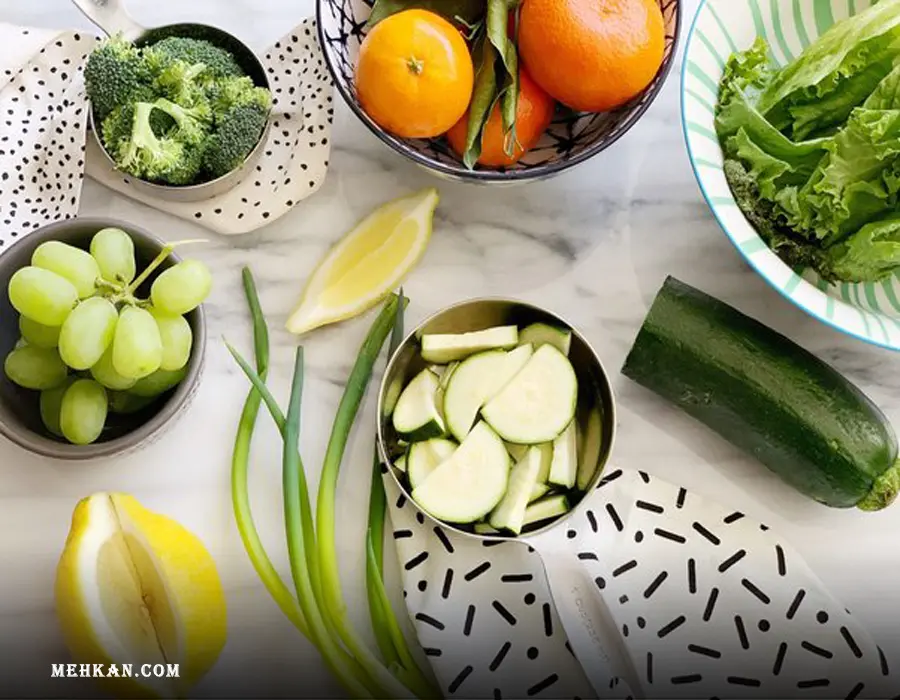
21 Oct Mastering the SIBO Diet: A Comprehensive Guide to Food and Fruits
In the realm of digestive health, Small Intestinal Bacterial Overgrowth (SIBO) is a condition that demands attention. For those navigating the intricacies of an SIBO diet, understanding the right food choices and incorporating the most appropriate fruits can be the key to managing symptoms and promoting overall well-being.
The Foundation: SIBO Diet Basics
Embarking on a journey to alleviate the discomfort of SIBO starts with a well-defined dietary strategy. Here is a breakdown of the fundamental principles:
Low-FODMAP Foods

Fermentable Oligosaccharides, Disaccharides, Monosaccharides, and Polyols (FODPAMs) are carbohydrates that can trigger SIBO symptoms. A low-FODMAP diet, therefore, becomes the cornerstone. Choose for leafy greens, carrots, and zucchini while steering clear of high-FODMAP culprits like garlic and onions.
Lean Proteins for Sustained Energy
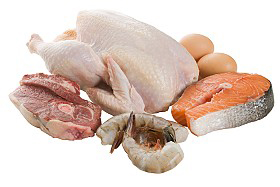
Incorporating lean proteins such as poultry, fish, and tofu ensures a steady energy supply without worsening SIBO symptoms. These proteins are easily digestible, reducing the risk of bacterial fermentation in the small intestine.
Healthy Fats: A Balancing Act
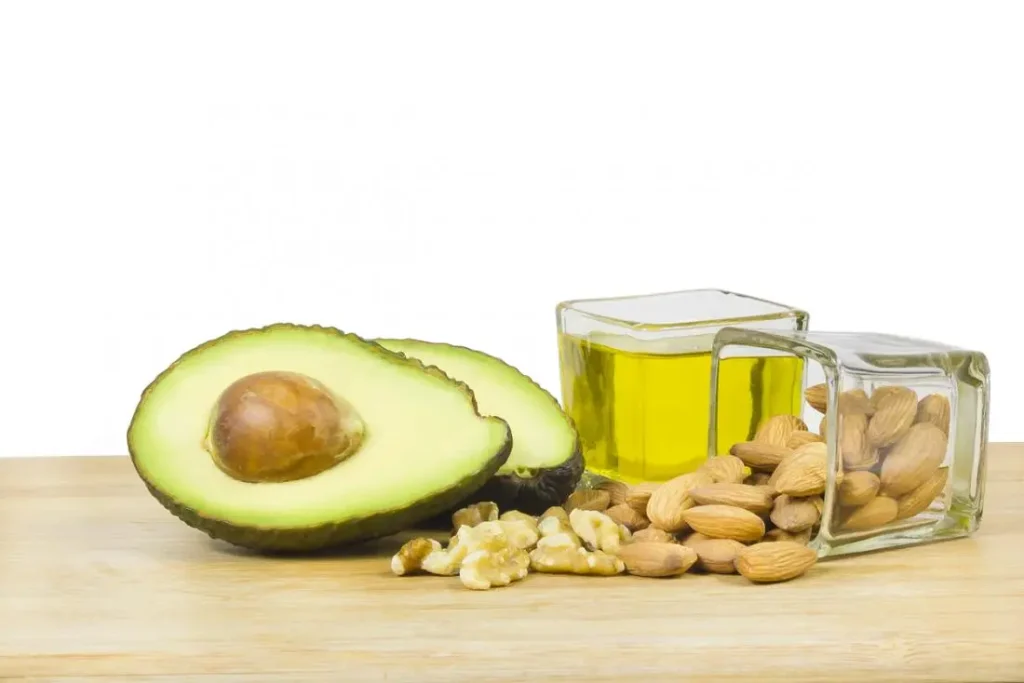
While fats play a crucial role in any balanced diet, it’s essential to focus on healthy fats in the context of SIBO. Avocado, olive oil, and nuts offer a satisfying blend of flavor and nutrition without overtaxing the digestive system.
The Fruit Dilemma: Navigating SIBO-Friendly Options
Contrary to popular belief, not all fruits are off-limits for those with SIBO. Let’s explore the spectrum of choices:
Berries: Nature’s Antioxidant Powerhouses

Berries emerge as the stars of the SIBO-friendly fruit galaxy. Rich in antioxidants, these little miracles—blueberries, strawberries, and raspberries—contribute to gut health without triggering unwanted bacterial growth.
Citrus Fruits: A Zesty Quandary
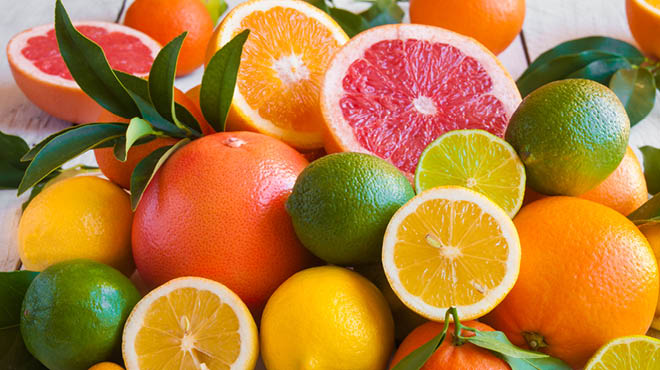
While some with SIBO may tolerate citrus fruits in moderation, it’s crucial to monitor individual reactions. Oranges, grapefruits, and lemons can be included carefully, allowing for a burst of vitamin C without upsetting the delicate balance in the small intestine.
Bananas: The Potassium Pioneers

For their potassium content, bananas find a place in the SIBO diet. Choose for ripe bananas, as unripe ones may contain resistant starch that can be troublesome for those with SIBO.
Crafting a SIBO-Friendly Meal Plan
Armed with the knowledge of acceptable foods and fruits, constructing a practical and satisfying meal plan is the next step. Consider the following sample dates:
Breakfast: Quinoa Porridge with Berries

Kick start your day with a nourishing bowl of quinoa porridge topped with a medley of SIBO-friendly berries. This breakfast packs a punch of essential nutrients without compromising on taste.
Lunch: Grilled Chicken Salad with Leafy Greens

For a satisfying midday meal, opt for a grilled chicken salad featuring an assortment of leafy greens. Drizzle with olive oil for a dose of healthy fats that won’t interrupt the SIBO balance.
Dinner: Baked Salmon with Roasted Zucchini
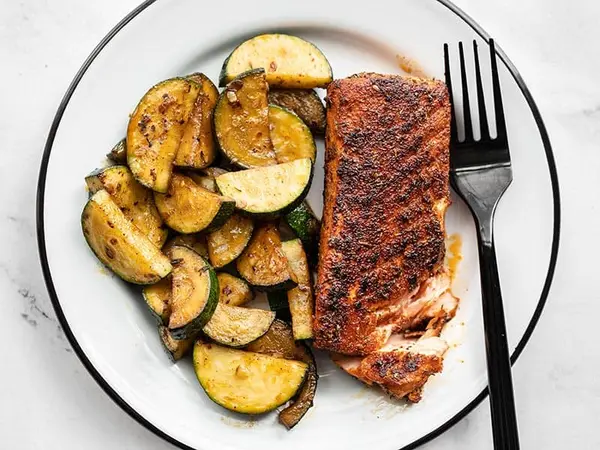
Round off your day with a dinner that’s both nutritious and delicious. Baked salmon paired with roasted zucchini provides a protein-rich and low-FODMAP alternative, ideal for those managing SIBO diet.
Final Thoughts
Mastering the SIBO diet is not just about restrictions; it’s a holistic approach to digestive health that empowers individuals to make informed decisions. By delving into the intricacies of low-FODMAP foods and strategically incorporating fruits like berries and bananas, one can create a satisfying and nourishing meal plan. Remember, the journey to wellness involves not only understanding the principles of the SIBO diet but also embracing the aromatic possibilities it offers. Take charge of your digestive health, savor the journey, and relish the benefits of a well-crafted SIBO-friendly lifestyle.





No Comments